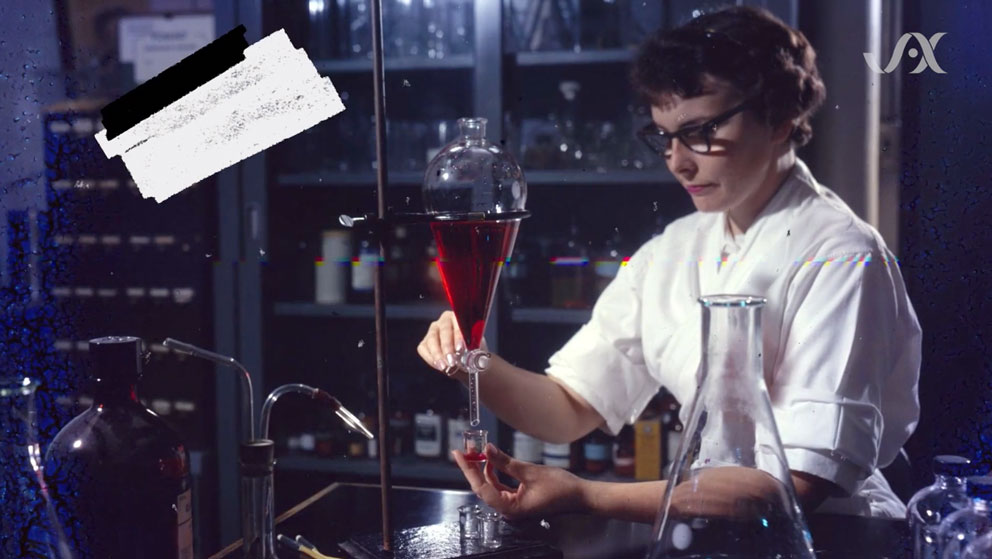
The Jackson Laboratory (JAX) is proud of the critical role that female scientists play not only in our own organization, but around the world.
In honor of their significant contributions and achievements, we are pleased to share examples of female scientists and scientific staff that are an integral component of JAX’s history, who we are today, as well as how we will drive scientific discovery moving forward.
Celebrating the scientific milestones of JAX female scientists
Since its inception more than 90 years ago, female scientists have played a critical role at JAX.
- When Clarence Cook Little founded the Roscoe B. Jackson Memorial Laboratory in May 1929, his scientific staff of eight included a woman, Elizabeth Fekete. In 1935, she would conduct the first successful transfer of fertilized ova, and in 1936 she was among the JAX researchers who announced the first link between cancer and viruses in mammals, a key finding for the later understanding of oncogenes and cancer.
- Dr. Margaret Dickie and laboratory technician Skippy Lane discovered the obese (ob) mouse in 1950. The first animal model for obesity, the mouse later proved to have a key mutation in the leptin gene, fundamental to the Lasker Award-winning work of Douglas Coleman and Jeffrey Friedman.
- Today’s NIH-funded Mouse Genome Database, which the entire biomedical research world depends on, started in 1958 with Dr. Margaret Green’s card-file database of mouse linkages and loci.
- In the 1960s, Dr. Elizabeth Russell pioneered the use of bone marrow transplantation to cure a blood disorder in a mouse.
- In 1995, Dr. Muriel T. Davisson and her colleagues at JAX and Johns Hopkins University announced the first mouse model that exhibits the learning and behavior deficiencies, as well as the chromosomal defects, found in patients with Down syndrome.
- JAX Director of Research Barbara Knowles and colleagues reported in 2004 on the genetic events that help orchestrate changes at the earliest stages of life, when mammalian eggs are fertilized and become embryos.
- Howard Hughes Investigator Susan Ackerman’s groundbreaking work in the genetics of neurodegenerative disease included the 2014 report of a defect in a key component of the cellular machinery that makes proteins, known as transfer RNA or tRNA.
Celebrating women in science: A historical perspective
By highlighting the achievements of women in science, we are celebrating not only their contributions to research but also recognizing their struggles navigating what was, for many of them, a non-traditional career.
If you feel that science is your calling and you want to work in a collaborative and supportive culture where you can make an impact on day one, JAX may be the place for you.
Careers at JAX One mission, endless possibilities.
Are you ready to help improve human health?
You belong at JAX.
Featured JAX Women in Science


Five questions with JAX Vice President for Translational Science and Network Alliances BJ Bormann.

Learn more about Rachel Goldfeder's science journey.





